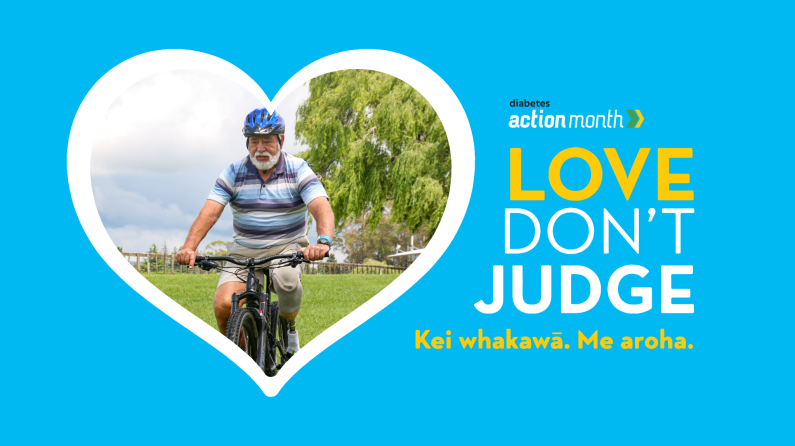Diabetes Action Month - Interview with Paul Sellars

For Diabetes Action Month, we are chatting with amputees with diabetes about their experiences. Our Peer Support and Events Coordinator Matt Bryson sat down for a chat with amputee and type 2 diabetic Paul Sellars.
How long have you been a diabetic for?
I have been a type 2 diabetic for about 30 years.
Before you become a diabetic, where there health signs that you were aware of?
My mother was a diabetic and so were my two brothers. My younger brother was diagnosed as a type 1 diabetic when he was 21. In my younger years there was no health signs that I was aware of. I kept active by playing sports. At the age of 40, I became aware that there was something wrong with my health. I was thirsty all the time and I couldn’t control the amount of fluid I drank. The more I drank, the more I peed. I was aware of the diabetic symptoms because of my mum being a diabetic. I went and visited my doctor. A test confirmed that I had type 2 diabetes. When I first was diagnosed as a diabetic, the medical staff said that my diabetes was not hereditary however many years later, they changed their view on this.
How do you manage your lifestyle living with diabetes?
When I was told I was a diabetic, the next day I stopped eating sweets and sugar. I cut this out of my diet straight away. I started exercising and became a powerlifter.
To control my diabetes, I do take medication prescribed from the doctor. I do inject myself with insulin at night. For many years I didn’t inject myself with insulin but getting older, I do now. This is to ensure I don’t go into a hypoglycaemia state (this occurs when your blood sugar is lower than normal).
Being an amputee and a diabetic, is there anything that you must continually be careful of/ manage?
I got an infected big toe and I thought this was an ingrown toenail. My doctor decided to operate. After the operation, the toe did not heal and we found out that there was no blood flow to my toe and started to get gangrene. I went to see the surgeon and we discussed about getting my toes amputated. I asked the surgeon the question about what would happen after this operation and I didn’t heal. He said to me that we would then amputate half the foot. I didn’t like the idea of living live with half a foot as I lead a very active lifestyle. He then suggested that another option would be to amputate below the knee. He fetched a marker and drew a line on my leg and said this is where the amputation would be taking place if you decided to go threw with this operation. I was given two weeks to decide about what I wanted to do. I spent this time talking this over with my family and kids. I decided to have a below knee amputation as I could see myself spending many months in hospital waiting for my wounds to heal.
Being an amputee and a diabetic, I do have to take extra care with my other foot. I keep a regular eye on it. Every three months I am at the doctors get a health check. Twice a year I have a blood test to see how I my blood sugar levels are. This is now a normal part of my lifestyle and it is extremely important for me to keep an eye on my health and wellbeing.
Changing my eating habits was the most difficult thing for me when I was first diagnosed with becoming a type 2 diabetic. At this time, I had just bought a house and I was working full time. I would often arrive home from work at 11.30pm, go to bed and was out the door at 5.30am the next day. I was not eating the right food and having regular meals. I was eating the wrong type of foods and eating convenience foods like pies and fast food. I needed to change my eating habits. I had two options. To change my eating habits and live, or to be buried in a cardboard box. I had daughters. I wanted to watch them grow up. I wanted to meet my grandchildren. I wanted to spend as much time with my wife as possible. I am still trying my darndest to live to a ripe old age.
If you had any advice for people that are pre-diabetic or living with diabetes, what would it be?
Pre-diabetic – do everything you can to not become a diabetic. You can lessen the effect by eating the correct types of food and exercising. Being overweight is an issue with becoming a diabetic. I go to the gym three times a week for about two hours. I often walk around Mount Manganui. Exercise and eating right is very important.
Back

